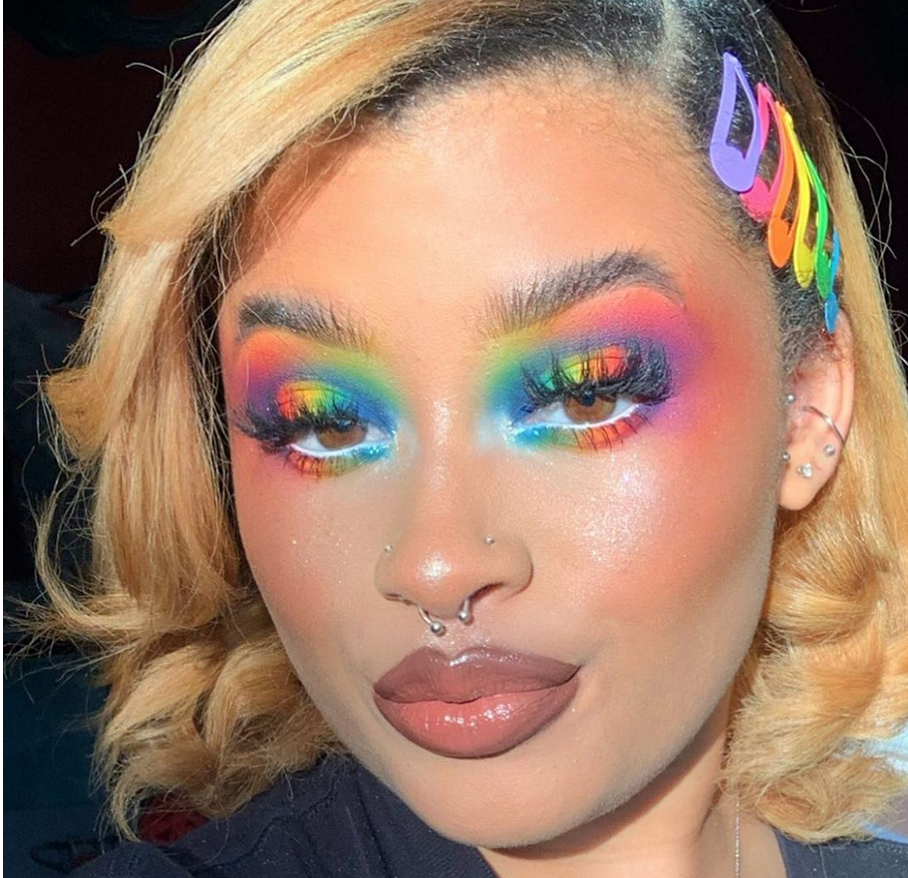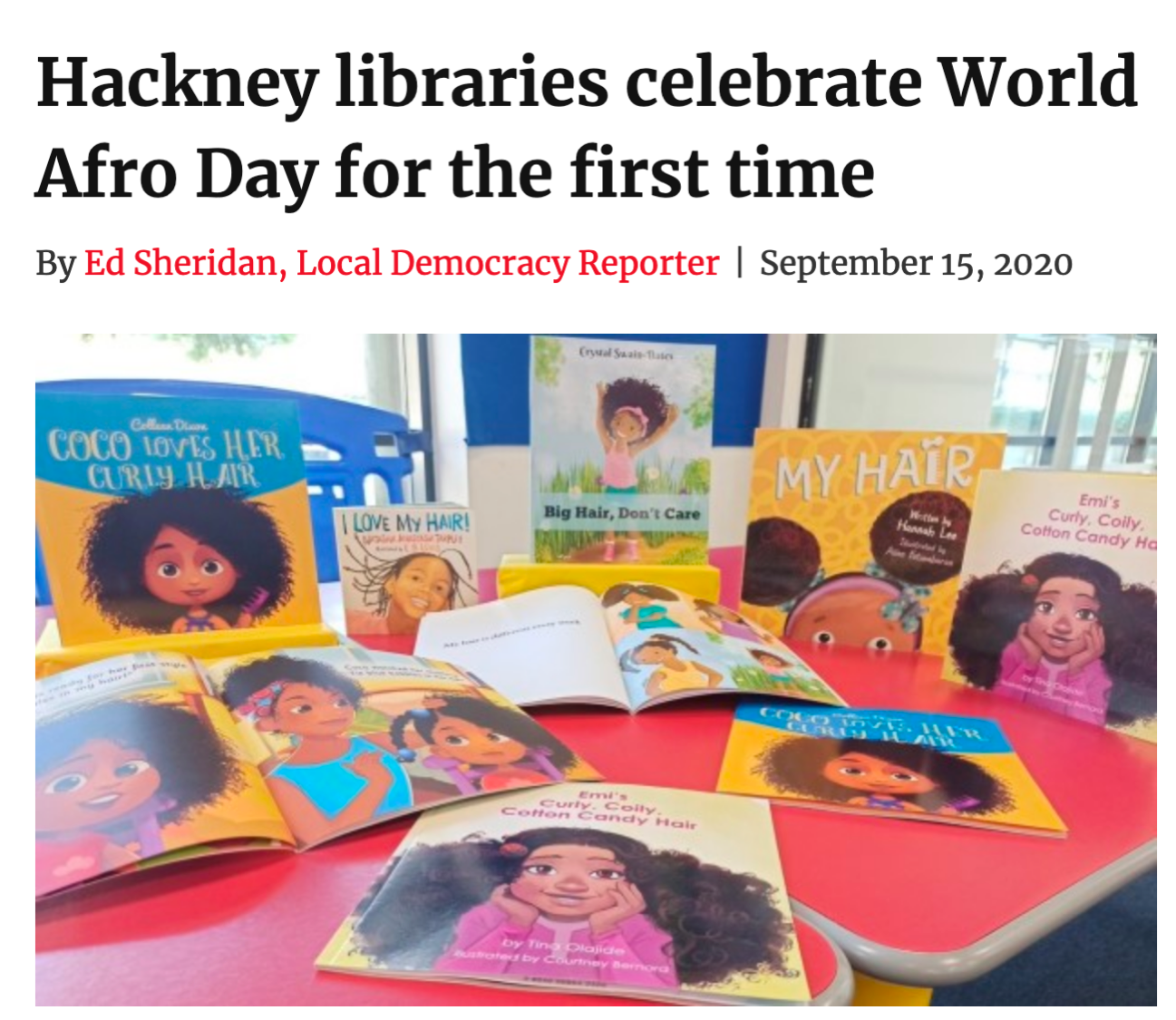Culture-Scope
The Practical Semiotics Blog
Covid 19 and Beauty Culture
The Beauty Industry has been devastated by the pandemic, but Beauty as a tool of self-expression, comfort and resistance seems more powerful than ever.
Whether at home on endless Zooms or masked up on the streets, beauty is becoming more rebellious, D.I.Y and extravagant.
Here are 3 trends that exemplify the new mood.
Facial Rainbows and Clouds

Insta and Tik Tok communities are creating a beauty weather-vane with these symbols of happy endings and escapism..
Why is it culturally important?
In a time of adversity, we're painting our desire to dream, comfort and hope together onto our faces. Spending more time indoors has got us sharing our dream lives.
Out of control Lips

Within weeks of the pandemic, entrepreneurs created anti-viral masks with transparent panels to show lipstick.
But, more interestingly, lips have popped up on noses in the #tinyfacemakeupchallenge. These cartoonish lips, like the virus, have a life of their own.
Why is it culturally important?
By drawing lips onto our noses and morphing the 'normal' shape of our faces, we're saying that speech, sex and smiles can happen anywhere - the need to communicate trust and warmth refuses to die.…
Back to our roots: The Afro

The Afro and natural hair revolution has been reignited in recent popular culture with Black-ish, Grown-ish and Black Panther. And from the domestic (lockdown) to the political (BLM), the Afro has gone into overdrive.
Why is it culturally important?
Michelle Obama, Oprah, Halle Berry - the old model of Black Excellence said that having hair like a white person made success attainable. But now ‘disobedient’ Afro hair is now seen as not just cool, but meaningful.
